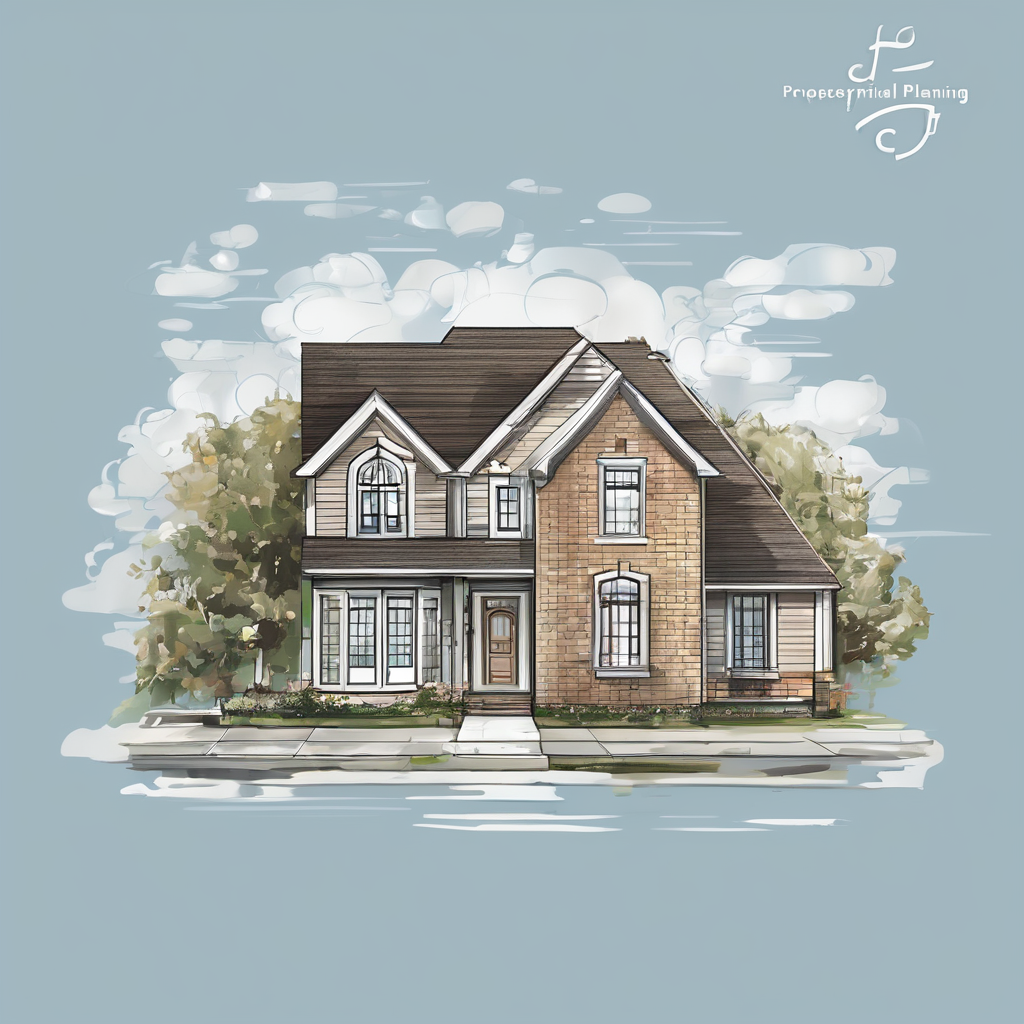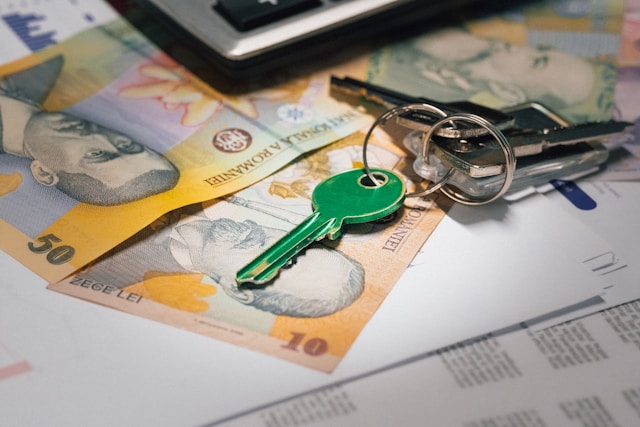The property market in the UK is a complex landscape, where the terms of ownership can often be perplexing. One area that commonly causes confusion is the difference between freehold and leasehold properties. While freehold owners have outright possession of their property and the land it sits on, leaseholders only own the property for the length of their lease agreement with the freeholder.
However, leaseholders have a legal right to acquire the freehold of their property, a process known as leasehold enfranchisement. This process, while seemingly complicated, can yield significant benefits for leaseholders. From facilitating lease extensions to giving leaseholders more control over their properties, enfranchisement can be a savvy move for property owners.
A découvrir également : What new technologies are UK banks implementing to combat cyber threats?
Understanding Leasehold Enfranchisement
To understand how you can utilise leasehold enfranchisement to your advantage, you need first to grasp what this term means. In the context of the UK property market, leasehold enfranchisement refers to the legal process that permits leaseholders to purchase the freehold of their property from the landlord or freeholder.
This process becomes relevant when your lease has less than 80 years remaining. Beyond this threshold, the cost of extending your lease or acquiring the freehold can leap dramatically, impacting the value of your property. Hence, it’s crucial to take action before your lease dips below 80 years.
A lire en complément : What factors should UK investors consider when purchasing property in high flood risk areas?
The Process of Enfranchisement
The route to enfranchisement is paved with legal procedures and requires careful navigation. To initiate the process, you, as leaseholders, must serve a Section 13 notice on your freeholder. This notice formally expresses your intention to buy the freehold.
Upon receiving the notice, the freeholder has two months to respond with a counter-notice. The counter-notice either agrees to the sale or disputes your right to enfranchise. Assuming the freeholder agrees, negotiation around the price and terms of the sale ensues.
Should negotiations stall or the freeholder refuse to sell, you can appeal to a Leasehold Valuation Tribunal. This independent body adjudicates disputes between leaseholders and freeholders, providing a resolution if a mutual agreement can’t be reached.
Benefits of Enfranchisement for Leaseholders
There are several benefits to embarking on this journey of enfranchisement. By transforming from leaseholder to freeholder, you gain significant control over your property. You no longer need to seek the freeholder’s permission for alterations to the building and are free to manage the property as you see fit.
Additionally, a leasehold property with a dwindling lease term can be difficult to sell. Many mortgage lenders are reluctant to finance the purchase of properties with less than 70 years remaining on the lease. By purchasing the freehold or extending your lease through enfranchisement, you can maintain the value of your property and keep it marketable.
Collective Enfranchisement: Strength in Numbers
Collective enfranchisement is a variant of this process, where a group of leaseholders in the same building come together to buy the freehold. By banding together in a collective enfranchisement, leaseholders can share the costs and responsibilities associated with owning the freehold.
To qualify for collective enfranchisement, at least half of the leaseholders in the building must participate. There are a few exceptions, but generally, if there are ten flats in the building, at least five leaseholders need to take part.
This route is particularly beneficial if you live in a block of flats where service charges and building management have become contentious issues. Through collective ownership, you can form a company to manage these aspects, giving you direct influence over decisions affecting your living environment.
The journey to leasehold enfranchisement may seem daunting but armed with the right knowledge and legal advice, it can be navigated successfully. The benefits of owning your freehold or extending your lease make it a worthwhile consideration for any leaseholder. Your home is likely to be your most significant asset, and it’s crucial to make it work for you.
Exploring Alternatives: Buying the Freehold vs Lease Extension
Two primary avenues can be taken by leaseholders who wish to gain more control over their property: buying the freehold or extending the lease. Both options have their strengths and potential drawbacks, and understanding them is key to making an informed decision.
On one hand, buying the freehold effectively transforms a leaseholder into a freeholder. This means that you become the outright owner of not just the property, but the land it sits on as well. The advantage here is the elimination of ground rent and having complete control over the property. You won’t need to deal with a landlord or freeholder, and you can make decisions about the property, such as carrying out alterations, without needing their permission.
However, acquiring a freehold can be costly and complex, involving negotiations with the current freeholder and potentially legal proceedings if an agreement isn’t reached.
An alternative to this is a lease extension, which is a less drastic and often less expensive way for a leaseholder to maintain the value of their property. Through a lease extension, you can add years to your lease, thus maintaining its value and attractiveness to potential buyers.
The process for a lease extension involves serving an initial notice to your freeholder, expressing your intention to extend the lease. A counter notice is then provided by the freeholder, which might agree to the extension, negotiate the terms or deny the request. If a mutual agreement is not reached, a Leasehold Valuation Tribunal can be used to resolve the dispute.
Conclusion: Navigating Leasehold Reform for Property Advantage
The landscape of leasehold and freehold properties in the UK is intertwined with legal intricacies. However, understanding these complexities and your rights as a leaseholder can significantly improve your property ownership experience.
Whether it’s buying the freehold of your property, extending your lease, or initiating a collective enfranchisement with other flat owners, these are all viable paths to gain more control over your property and protect its value. These procedures, although potentially complex, can be navigated successfully with the correct knowledge and legal advice.
The recent leasehold reform bill is a testament to the evolving nature of this area, with a push towards greater protections for leaseholders. It’s clear that the tide is turning in favour of leaseholders, making it an opportune time to consider these options.
Your home is likely your most substantial asset, and the notion of making it work for you extends beyond its function as a living space. Through leasehold enfranchisement, lease extensions, and shared freehold ownership, you can optimise this asset, yielding not just financial benefits, but also increased peace of mind.
In conclusion, leasehold enfranchisement and associated procedures offer substantial benefits to UK property owners. The first step to utilising these advantages comes from understanding your rights and the options available to you.






